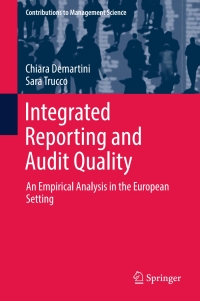At a minimum your analysis should have a section for each year and a conclusion. In each year (Year 7, 8, 9, 10, and 11)
At a minimum your analysis should have a section for each year and a conclusion. In each year (Year 7, 8, 9, 10, and 11) you need to discuss: - Sales each year and year-over-year trends - Net Income each year and year-over-year trends - Cash Flow from Operations each year - Investing Activity each year - Financing Activity each year - Net income and cash flow from operations and among cash flows from operating, investing, and financing activities for the firm over the five-year period.
***** - Your Conclusion Section should answer: What were the signals of Montgomery Wards difficulties that might have led to its filing for bankruptcy in 2012?
Example:
Year 7
- During Year 7, sales grew slowly.
- Net income was positive.
- Cash flow from operations exceeded net income because of the addback for depreciation.
- Cash flow from operations was reduced, however, because Montgomery Ward repaid suppliers and other providers of goods and services.
- Cash flow from operations was just sufficient to cover capital expenditures.
- The firm sold marketable securities to obtain cash. It apparently used this cash plus cash in its bank account to repay long-term borrowing.
- Several aspects of the pattern of cash flows from Year 7 are typical of a firm in the late maturity stage of its life cycle: slow sales growth, no change in short-term debt, and repayment of long-term debt.

Step by Step Solution
There are 3 Steps involved in it
Step: 1

See step-by-step solutions with expert insights and AI powered tools for academic success
Step: 2

Step: 3

Ace Your Homework with AI
Get the answers you need in no time with our AI-driven, step-by-step assistance
Get Started


